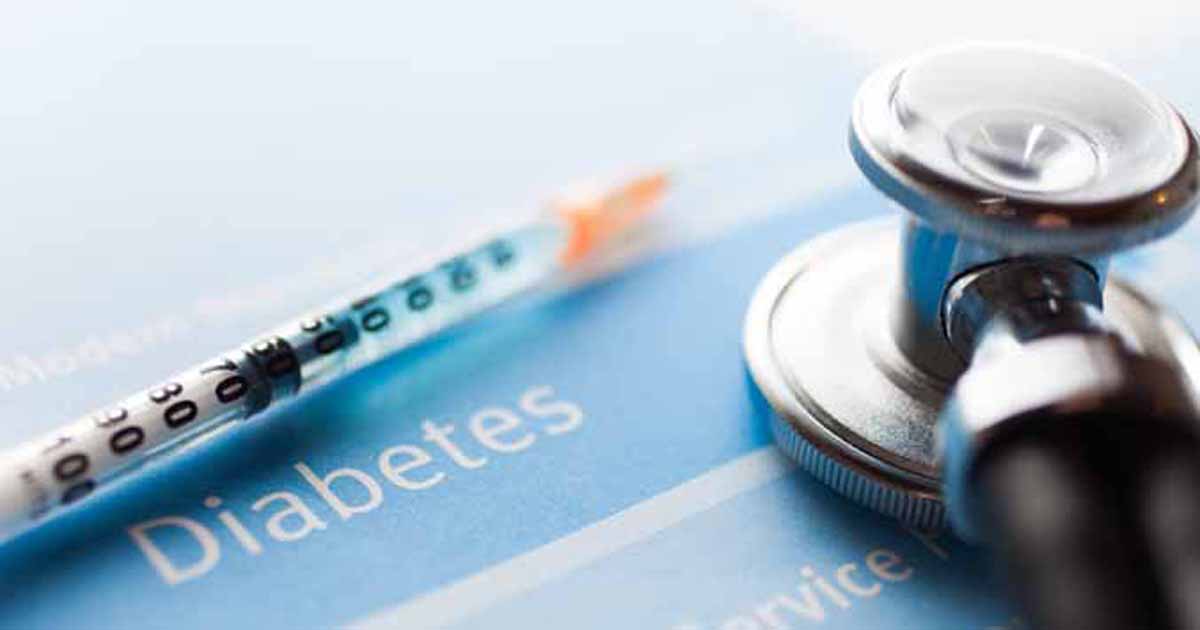HbA1c testing in barbershops could help identify undiagnosed diabetes in black men
Click Here to Manage Email Alerts
Community-based HbA1c testing in barbershops may help identify black men with undiagnosed diabetes, according to a research letter published in JAMA Internal Medicine.
“Diabetes screening is especially important among black men because unfortunately, they have some of the highest rates of diabetic complications and early diabetes-related death,” David C. Lee, MD, assistant professor in the Ronald O. Perelman Department of Emergency Medicine and the department of population health at the New York University Grossman School of Medicine, told Healio Primary Care. “Not only are they at risk for developing diabetes at a much earlier age, but they are probably also diagnosed too late.
“Our study demonstrates one community-based approach that might help diagnose diabetes among black men earlier by performing this screening in barbershops,” he continued.
Eight barbershops owned by black individuals in Brooklyn, New York, were included in the study. There, black men were approached and tested using the A1CNow+ test (PTS Diagnostics), which produces results within 5 minutes. Participants with HbA1c levels of 5.7% to 6.4% were considered to have abnormal results. Those with levels of 6.5% or higher were considered to have diabetes.

Participants with abnormal results were given contact information for local primary care clinics and informed about the importance of medical management and improving their diet and physical activity.
Of 895 men asked to participate, 312 agreed to screening. After excluding those with blood disorders or an error code in their testing, 290 were included in analyses.
Among the 331 men who provided a reason for declining to participate, 56.5% reported already knowing their health status, 35.5% said they were healthy, did not have the time or interest, or did not want to know their results. Only one specifically said that he did not want to be tested in a barbershop.
Of the 290 men who were successfully tested, 9% had an HbA1c level of 6.5% or higher, and 1% had a level of 7.5% or higher. Of those with undiagnosed diabetes, 61.5% were obese, and 42.3% had a high school education or less.
HbA1c levels ranging from 5.7% to 6.4% — the criteria for a prediabetes diagnosis — were identified in 28.3% of those tested.
During the study, researchers found that barbers acted as “important health advocates,” with some customers who initially declined agreeing to undergo testing after their barber encouraged them.
The researchers noted that sample may not be representative of other barber shops, but the prevalence of undiagnosed diabetes in the study was significantly higher than the estimated prevalence of 3.6% among residents in New York City. In addition, they noted that the participation rates may not be generalizable to other community-based settings, regions in the city or the country.
“Black men who live in urban areas of the United States may face socioeconomic barriers to good health, including poor food environments and difficulty in obtaining primary care,” Lee and colleagues wrote. “Our findings suggest that community-based diabetes screening in barbershops owned by black individuals may play a role in the timely diagnosis of diabetes and may help to identify black men who need appropriate care for their newly diagnosed diabetes.”
Lee told Healio Primary Care that more work is needed to determine the best approach to treat and improve the health of black men after they are diagnosed with diabetes or prediabetes in barbershops, and to determine if any other community-based settings could be used to promote diabetes screening in black men and in other minority groups. – by Erin Michael
Disclosures: Lee reports receiving grants from the NIDDK during the conduct of the study, the New York State Health Foundation and the Juvenile Diabetes Research Foundation outside the submitted work. Please see study for all other authors’ relevant financial disclosures.
